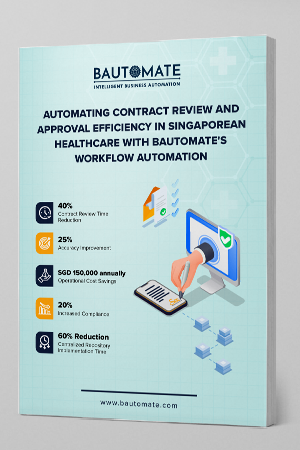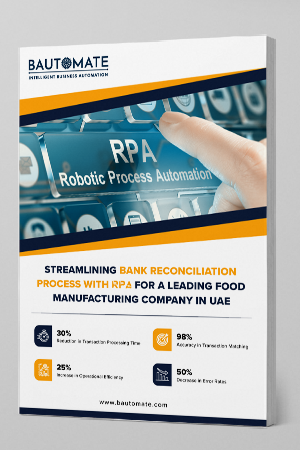
If you are familiar with IVR and IVR Testing, you might already know its types and benefits of IVR Testing. But did you know how you test and the type of IVR Testing that you are required to perform relies entirely on what your end goal is?
Let us explain.
IVR and IVR Testing:
Before we jump into the rabbit hole, let’s cover the basics first. IVR is an automated phone technology that allows callers to interact with a computer-operated phone system through the use of voice and DTMF tones input via a keypad.
If the issue cannot be resolved by the IVR System, then it automatically connects the caller to the right Live agent.
IVR was showing promising results for years, but every technology has a flaw. And with IVR, it was the lack of updates. That is when IVR Testing came into the picture. This allowed businesses to test and upgrade their IVR System to provide the best possible customer care.
And to make things much easier, IVR Testing Automation was introduced. By writing test scripts, businesses can test their systems without manual labor, which saved them time, money, and resources.
IVR Testing Types & How to choose the one that works for you?
To make sure you are delivering the best customer service, you need to perform three kinds of IVR testing regularly:
Capacity – To test how well can your IVR handle a high volume of traffic.
Functionality – To check whether every part of your system works as it should.
User Experience – To look for ways to improve your IVR system to facilitate a better customer experience.
Testing For Capacity:
There are four key types of capacity tests:
Load Testing – To see whether the IVR system can sustain the level of use you expect it to get. The IVR is one part of an ecosystem of call tools. Load testing ensures that they all work at expected call volumes.
Soak Testing – This allows you to test how well your IVR system handles call volumes over time. Some capacity issues usually don’t appear right away. Hence you will have to test a few times to find the bugs and issues.
Spike Testing – Can the IVR system deal with a sudden wave of inbound contacts? All kinds of external events can drive calls. Spike testing makes sure your IVR stays with you when that happens.
Stress Testing – Can the IVR system survive a very high volume of incoming calls? With the entire system in use, does any part of the system give way?
Testing For Functionality:
Depending on the IVR service you use, you may be able to view the layout of your IVR pathways. It may still be a very complex process, involving hundreds of pathways though.
You might want to focus on problem areas as they emerge, by studying the parts of IVR journeys where callers typically hang up or ‘zero out’.
Testing For User Experience:
After part 1 and part 2, you now have the basic requirements for a usable IVR system.
The final type of IVR testing focuses on the user experience.
User experience is a broad category. Your best option is to define key elements which will be easy to measure. The length of pathways and menus is easy to discover by going through your IVR.
Likewise, it’s straightforward to check that your scripts make sense and represent the brand in a positive light. By understanding the elements that makeup UX, you’ll easily be able to find methods to improve them.
Integration is perhaps the most important element of systems.
There are a few ways to approach integration.
At Bautomate, we have experts with industry knowledge and experience in writing IVR Test Scripts.








































